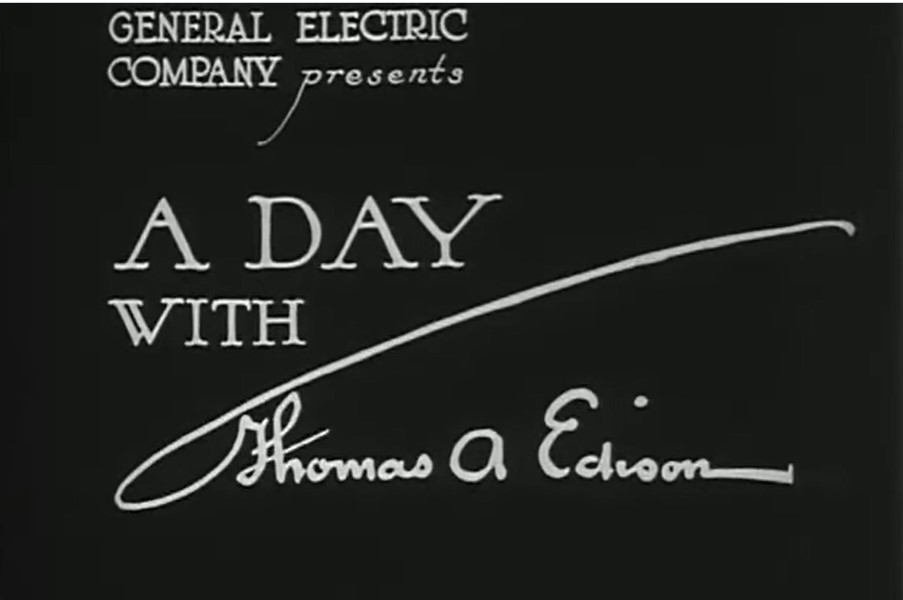How to be interested in everything

Thomas Edison claimed he was interested in everything
“One day while Mr. Edison and I were calling on Luther Burbank in California, he asked us to register in his guest book. The book had a column for signature, another for home address, another for occupation and a final one entitled ‘Interested in’. Mr. Edison signed in a few quick but unhurried motions… In the final column he wrote without an instant’s hesitation: ‘Everything'”. - Henry Ford on Thomas Edison. Quoted by John Naughton
It’s all very well to believe that everything interests you, but what does that mean in practice?
If you really were interested in everything, how would you get anything done? Each new thing you encountered would surely distract you from your previous interest, and you’d end up surrounded by a heap of unfinished projects. But Thomas Edison, the prolific inventor, had a heap of finished projects - innovative products ready for the market and ready to transform society. More than 1000 US patents were filed under his name, including some of the greatest inventions of all time.
But when nothing prevents you from chasing a new interest, how do you stay focused for long enough to complete the work in front of you?
You need a system
What was Thomas Edison’s system for staying on track? He was clearly very effective, so he must have been able to harness his many diverse interests to produce outcomes. How did he do it? How did he avoid ‘shiny object syndrome’?
Edison recorded everything meticulously. He used notebooks and legers extensively and he encouraged his laboratory workers to do the same. The resulting mountain of notes is a treasure trove for understanding where Edison’s ideas came from and how they developed over time. In their day, these records were mainly used to ensure patents could be registered and defended. Now though, up to five million pages of Edison’s massive work can be studied online through the Edison Project at Rutgers University.
For individuals today, without a team of engineers behind them, but with the amazing advantage of Twenty-first century technology, being interested in everything is a great opportunity, if only we can harness it. Then like Edison, we can happily admit that we’re interested in everything, and put our diverse interests to work.
Publish small fragments to create a larger whole
According to Cory Doctorow, the prolific author and tech activist, blogging (or whatever you want to call it this week) allows you to write simple fragments each day about what interests you today, and to publish it, quite without friction. Over time, Doctorow attests, these small fragments coalesce, and begin to add up to something more substantial.
the traditional relationship between research and writing is reversed. Traditionally, a writer identifies a subject of interest and researches it, then writes about it. In the (my) blogging method, the writer blogs about everything that seems interesting, until a subject gels out of all of those disparate, short pieces.
Blogging isn’t just a way to organize your research — it’s a way to do research for a book or essay or story or speech you don’t even know you want to write yet. It’s a way to discover what your future books and essays and stories and speeches will be about.
Mattias Ott has more to say about this process, and if you read German, there’s even more.
It’s still just up to you
You might well be interested in everything, but the bottleneck all your interests must pass through is you. The measure of your note-taking and writing system is the extent to which it helps you make sense of your diverse interests in a way that communicates meaningfully to yourself and/or to others. Publishing small fragments as you go, which then add up to larger pieces is a way forward that just wasn’t possible in Edison’s day, but is easily available online now to anyone who wants to pursue it.